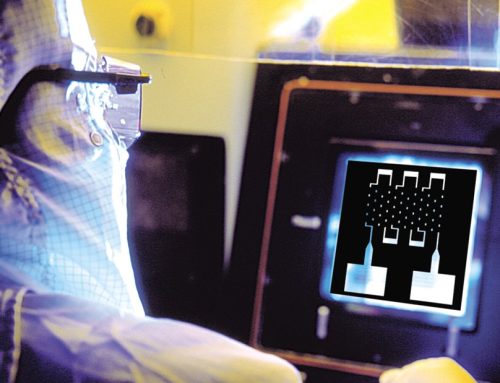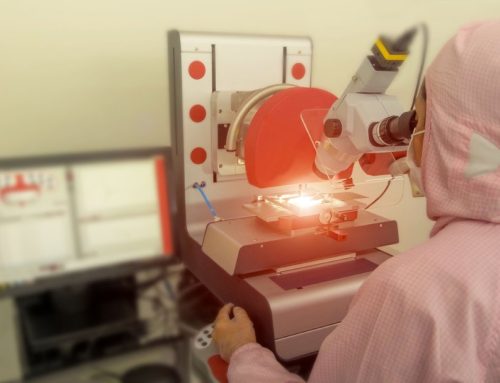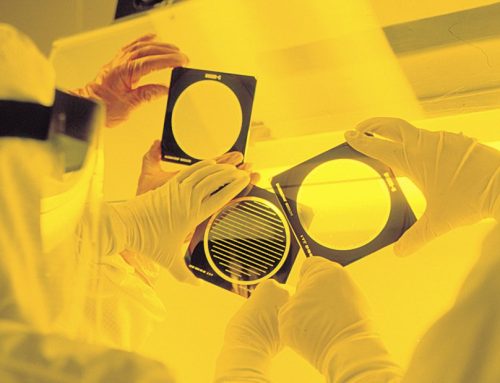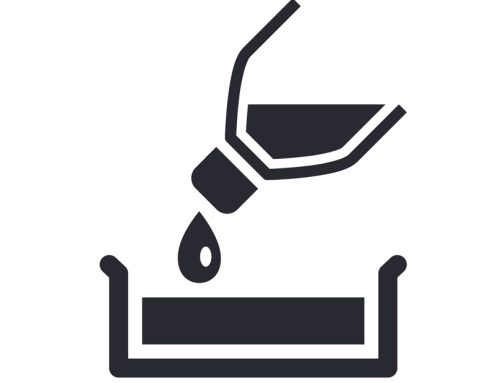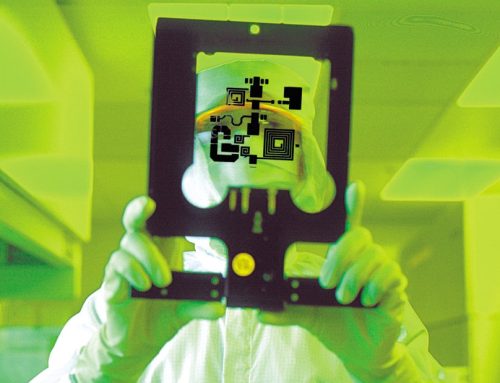Photomasks can be separated into two main categories; conventional binary masks and advanced phase-shift masks.
Binary masks: A binary mask consists of a transparent plate, covered with a patterned film that is opaque to UV wavelengths. The transmission characteristic is a binary one, i.e., “1” for transparent and “0” for opaque.
Phase-Shift Masks: Adding a phase-shifting function to the on-off property of binary masks yields a higher resolution at the same or even larger amount of depth of focus. The enhancement stems from the fact that both amplitude and phase are used to store the information about the image on the mask.

A relevant type of phase-shift mask (PSM) and the operation principle in comparison to a conventional binary mask.


